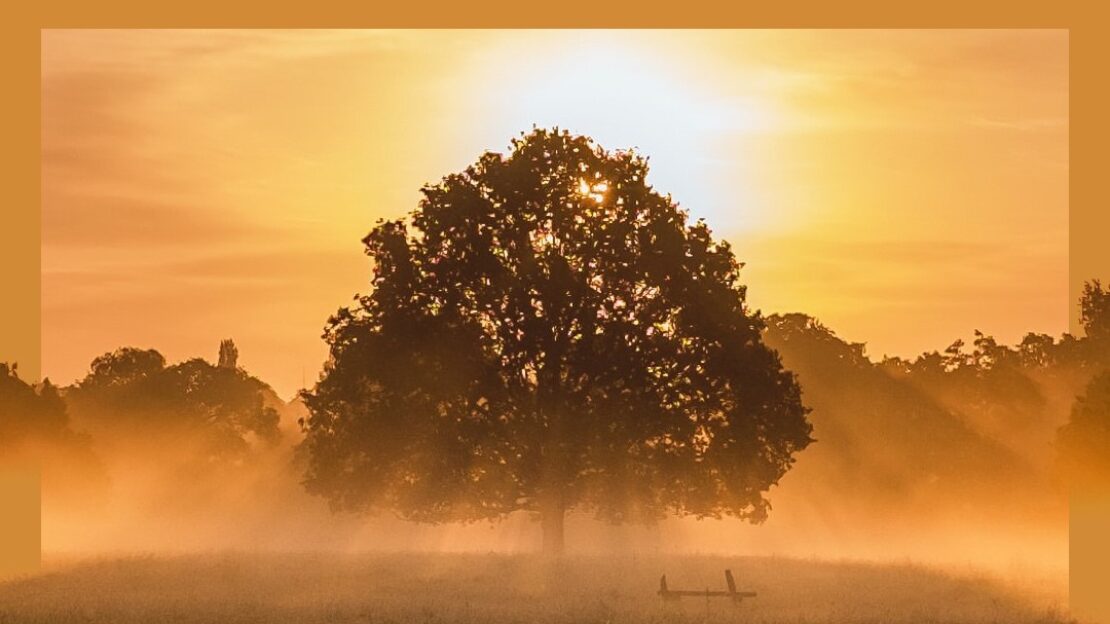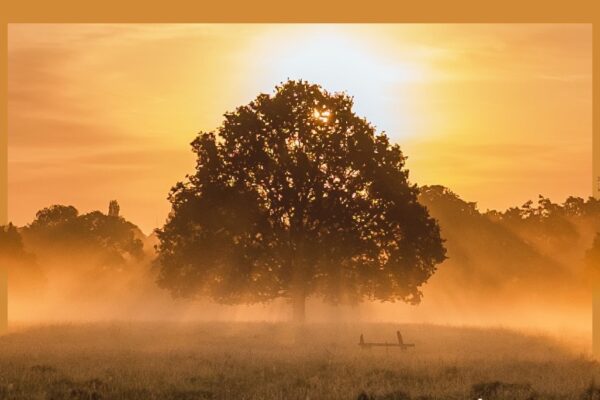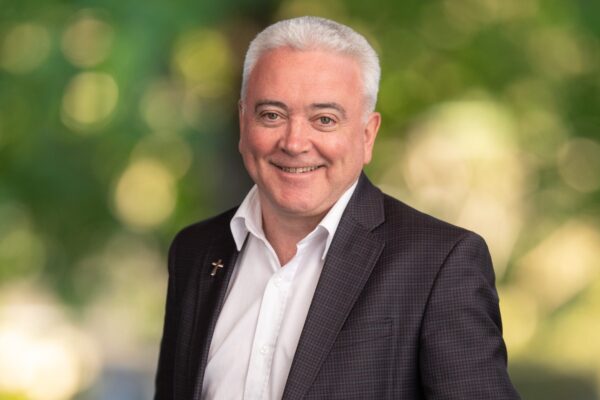The Easter season showers us with texts about the early witnesses to the resurrection. There are certain similarities in these testimonies (to the resurrection). The earliest account, in Mark’s Gospel, simply tells us that “trembling and bewildered, the women went out and fled from the tomb. They said nothing to anyone, because they were afraid.” (Mk 16:8). Later accounts tell us that the women told their story of the empty tomb, but the apostles Peter and John had to run to the tomb to see for themselves. (John 20:6-8). Later again, we have the testimony of Mary who met him in the Garden but did not recognise him until he said her name (John 20:15-16). We hear of the disciples who see him standing on the beach waiting for them to return from fishing – no-one dared ask who are you (John 21:12). And then today – he stood among them and they thought they were seeing a ghost. “Why are you so agitated with these doubts rising in your hearts” he says to them (Luke 24:36).
They are curious texts for us, as they suggest a seeing but not seeing; a recognition and a non-recognition at the same time. Belief and doubt rising in their hearts at the same time. How are we to make sense of this?
St Augustine reflected on this text hundreds of years ago. He reflects on Luke’s account that “he [Jesus] opened their minds to understand the meaning of it all, explaining to them that, “it had been decreed that Christ should suffer and on the third day rise from the dead.” “But all this,” Augustine tells us “they had themselves seen: with their own eyes they had seen him suffer, seen him hanging on the cross, and now, after his resurrection, they could see him standing before them alive. What, then can it have been that they were still incapable of seeing?” Augustine’s answer – “It was his body, the Church.”
Him they could see well enough, but the Church not at all. The bridegroom they could see, but the bride was still hidden from them. So much for the bridegroom, but what of the bride? “In his name repentance must be preached to every nation on earth for the forgiveness of sins, beginning at Jerusalem.” This is what the disciples had not yet seen: they had no vision yet of the Church spreading from Jerusalem over the whole world. But they could see the head before them, and when he spoke to them of the body, they believed him.
Now, we too, find ourselves in a situation not unlike theirs: we can see something which was not visible to them, while they could see something not visible to us. We can see the Church extending throughout the world today, something that was withheld from them, but Christ, who in his human body was perceptible to them, cannot be seen by us. And just as they, seeing his human flesh, were enabled to believe in his mystical body, so now we, seeing his mystical body, should be able to believe in the head. Just as the sight of the risen Christ helped the disciples to believe in the Church that was to follow, so the spectacle of that same Church helps to confirm our faith in the resurrection of Christ. (Augustine Sermon 116, 1.5-6: PL 38, 657-60)
So – we, the Church, the body of Christ, do not exist without Christ the head. And the head is known because of the very existence of the body. The Easter season calls for an examination by the body as to how the head is perceived. People will continue to be incredulous about the resurrection of Christ the head, if the body is divided, if the body is no more than sinful, if the body is a scandal, if the body does not stand for more than the here and now of economics, or expedient politics. The resurrection is attested to instead, when the body acts as a mediator of peace, when it speaks out and protests against war, against false imprisonment, against an eye for an eye global political posturing. The resurrection is attested to when in small ways each of us through our daily interactions witness to forgiveness, compassion, understanding, show mercy, refuse to condemn.
By Fr Brendan Reed
Published: 12 April 2024




Comments
Add Comment